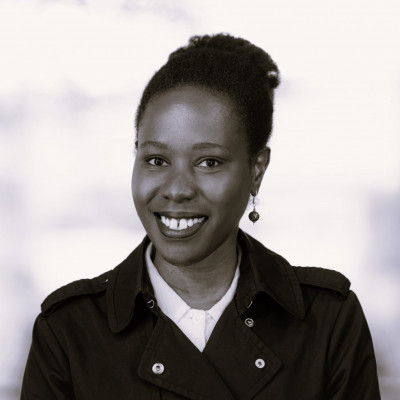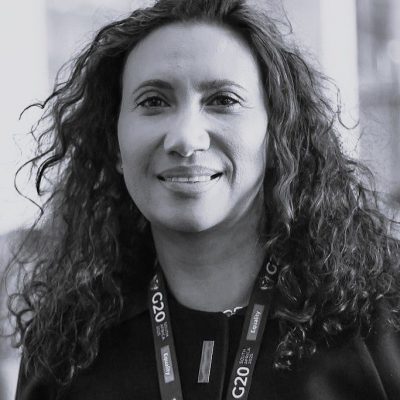Project Overview
Recognising youth as Africa’s most significant demographic force, the study addresses the persistent structural barriers limiting their agency and ability to foster just, inclusive, and transformative futures. The research undertakes a comprehensive synthesis of insights from youth-funded initiatives and other youth-focused projects across Africa by utilising a robust methodological approach that combines strategic foresight with intersectional analysis.
The project systematically maps:
- Existing youth initiatives,
- Critically examines systemic challenges,
- Collaboratively co-develops innovative models for youth programming.
Central aims include strengthening youth agency, advancing intergenerational dialogue, and influencing policy frameworks to support equitable youth development continent-wide.
The initiative convenes a diverse consortium of regional partners and engages wide-ranging stakeholders through participatory knowledge-sharing platforms and Youth Programming Innovation Labs (YPILs). By fostering co-created narratives and driving systemic change, the project seeks to reshape youth programming in Africa towards more responsive, inclusive, and transformative outcomes.
Project Rationale
Africa’s rapidly growing youth population faces systemic exclusion and unemployment. This project addresses fragmented youth programming by integrating evidence to improve future strategies. Despite widespread recognition of youth as change agents, existing programming remains disconnected from the realities facing young people across Africa.
This research is aimed at a systems-level analysis of what works, for whom, and in what contexts. By integrating complexity and foresight methodologies, the project identifies ways to prioritise youth agency, inclusion, and intergenerational collaboration in research for development strategies
Project Objectives
- Map youth-related projects within IDRC programming in Africa (2018-2023), highlighting youth participation and key thematic insights to understand their impact on youth leadership, agency, inclusion and develop criteria for selecting projects for detailed analysis.
- Map, identify and analyse key youth stakeholders across Africa, their roles, and contributions, and co-develop proposed strategies for engagement and a digital engagement platform to connect youth actors, policymakers, and funders.
- Conduct in-depth analysis of selected projects to evaluate their impacts and lessons and reflect on the diversity of youth experiences on youth agency, identity, intergenerational dialogue, and integrated youth programming across different regions, and social contexts.
- Conduct an in-depth analysis of selected projects, identifying impact and lessons (positive and negative) on youth agency, identity, intergenerational dialogue, border straddling, and integrated approaches to youth programming, among other themes that will emerge.
- Analyse lessons using an intersectional approach, examining how they apply to different categories of youth (men, women, rural, urban, age groups within the youth bracket, education levels, in/out of school youth, etc.). Describe how an intersectional lens is applied throughout the project and build on existing frameworks that could be applied to other projects/contexts.
- Facilitate active knowledge sharing and collaboration among youth-focused organisations and programs to enhance learning and improve future youth programming in Africa.
Expected Outcomes
Short-Term:
- A comprehensive knowledge base on African youth programming.
- Deeper understanding of factors enabling or constraining youth agency in diverse settings.
- Anticipatory strategies for integrative research for development in youth investments, harmonising policy and co-creating transformative youth futures.
- A multilingual digital knowledge-sharing platform connecting stakeholders.
- Strategic methods and recommendations to guide more responsive, participatory programming.
- Strengthened networks connecting youth organisations, policymakers, and researchers
Long-Term:
- Stronger alignment between youth needs and development programming across sectors.
- Institutional shifts in policy and practice to better support youth leadership and innovation.
- A sustainable pan-African community of practice for youth development.
- Improved visibility and adoption of youth-led innovations and policy inputs.
- Broader uptake of intersectional, foresight-informed approaches to youth programming.










